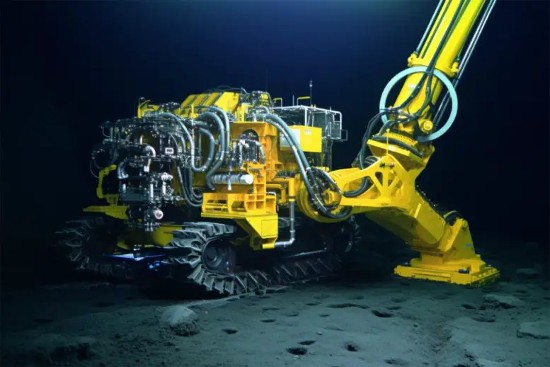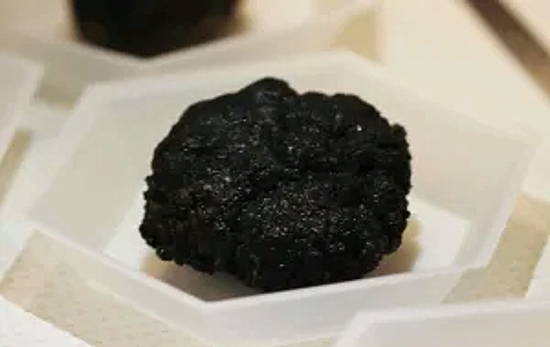
In Part 1 of this look at the world’s oceans, we described observations suggesting a catastrophic tipping point for the North Atlantic is much nearer than previously thought. In Part 2, we look at how human activity is impacting marine life throughout the water column from the surface to the seafloor and beneath.
How have we been doing this in the past, and how we will do it in the future is plain to see. In the past, we have drilled for oil and gas under the sea floor. The Deepwater Horizon accident is just one of several environmental insults humans have put upon the ocean environment in pursuit of profit.
Humans have been laying transoceanic cables to tie continents together for more than a century. And ships have found the ocean bottom whether from crashing into icebergs or being the victims of war and weather. Add to that the megatons of garbage we humans pollute the ocean with annually and you can see how significant our ecological footprint on the marine world has become.
On The Brink of Deep Sea Mining
Today, in Kingston, Jamaica, the International Seabed Authority (ISA) Assembly is ending a three-week negotiation that was to agree upon the rules and regulations allowing for mining the ocean floor. The ISA represents 168 nations with these latest discussions focused on how to protect the marine environment. Nothing was agreed to related to a moratorium on deep-sea mining and in their absence private enterprise and a few national governments appear determined to begin extracting minerals from the seabed.
As I reported in March, the Pacific island nation of Nauru, and The Metals Company want to begin commercial deep-sea mining operations this year. A study published in the journal Current Biology analyzed the results of a Japanese pilot project to extract cobalt from the seabed in 2020. It used seabed imagery from one month before the test, a month after and thirteen months later to track biological impacts. Immobile animals like sponges, corals, and anemones were largely unaffected by the sediment plumes produced during the operation. The excavator damaged and killed several of these immobile species as it crawled across the seafloor with its tread strips showing the crushed carcasses of those unable to get out of the way. But the real change was in the observations of mobile animal life with fish and crustaceans avoiding the pilot project area.
Travis Washburn, an ecologist working with the Geological Survey of Japan, stated, “I had assumed we wouldn’t see any changes because the mining test was so small. They drove the machine for two hours, and the sediment plume only travelled a few hundred metres. But it was actually enough to shift things.” The conclusion from the Japanese test is that mining of the seafloor needs to be further tested. Washburn notes “These results suggest the impact of deep-sea mining could be even bigger than we think.”
The DeepSea Conservation Coalition (DSCC), founded in 2004 to address bottom trawling by fishers, has brought together over 100 non-government organizations (NGOs) to protect seamount and seafloor ecosystems. It has called for international regulation to protect deep-sea species from seafloor mining with a moratorium to be put in place until a United Nations high seas treaty can be put in place. DSCC recently warned, that without agreement, Nauru and The Metals Company are likely to begin mining the ocean seabed outside national governments jurisdictions.
The Metals Company has exploration rights for an area called the Clarion Clipperton Zone, covering 4,500,000 square kilometres (1,700,000 square miles) of the Pacific Ocean floor. It also working Tonga and Kiribati, two other Pacific Ocean island nations. Its surveys show an abundance of polymetallic nodules that could be harvested to be used to power 280 million electric vehicles (EVs). The company argues that for the little environmental damage it will do, its efforts will help reduce greenhouse gas emissions by making the transition to EVs go faster. At the same time, it notes that deep-sea mining would produce 90% less carbon dioxide than any land-based equivalents.

The Metal Company describes its operation as one that “plucks” manganese nodules like the one seen in the above image. The nodules contain cobalt, nickel, copper and manganese. But plucking is not what the DSCC and others see in The Metal Company and other deep-sea mining operations that will spring up should operations go forward. They describe deep-sea mining as equivalent to strip mining on the surface with the kind of environmental damage experienced as observed with the Japanese pilot project being far greater.
The lack of agreement on a moratorium by the members of the ISA has left the ocean floor vulnerable to independent acts by rogue nations and companies who describe mining of the seafloor as contributing to mitigating global warming without acknowledging the destructive impact on the oceans themselves.








